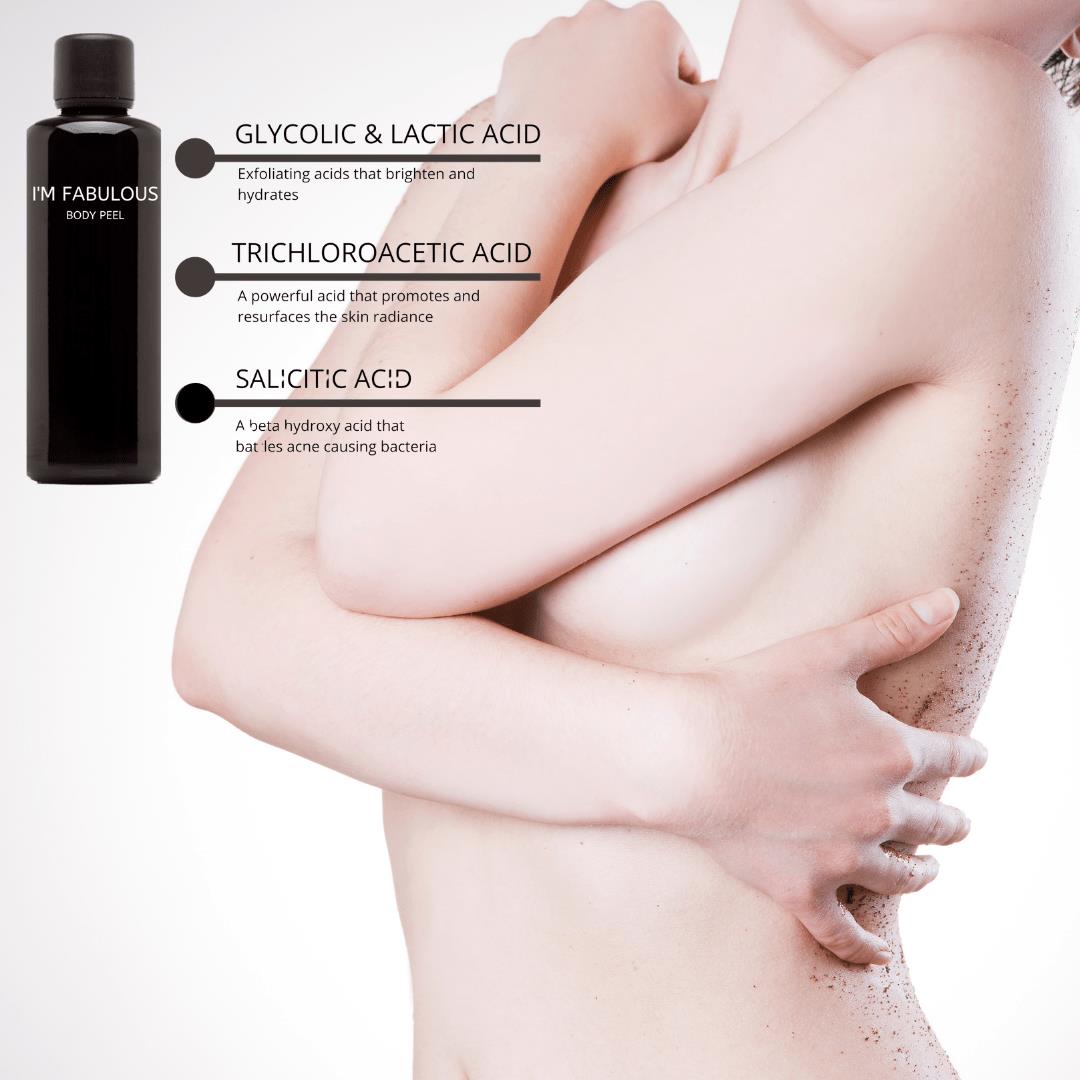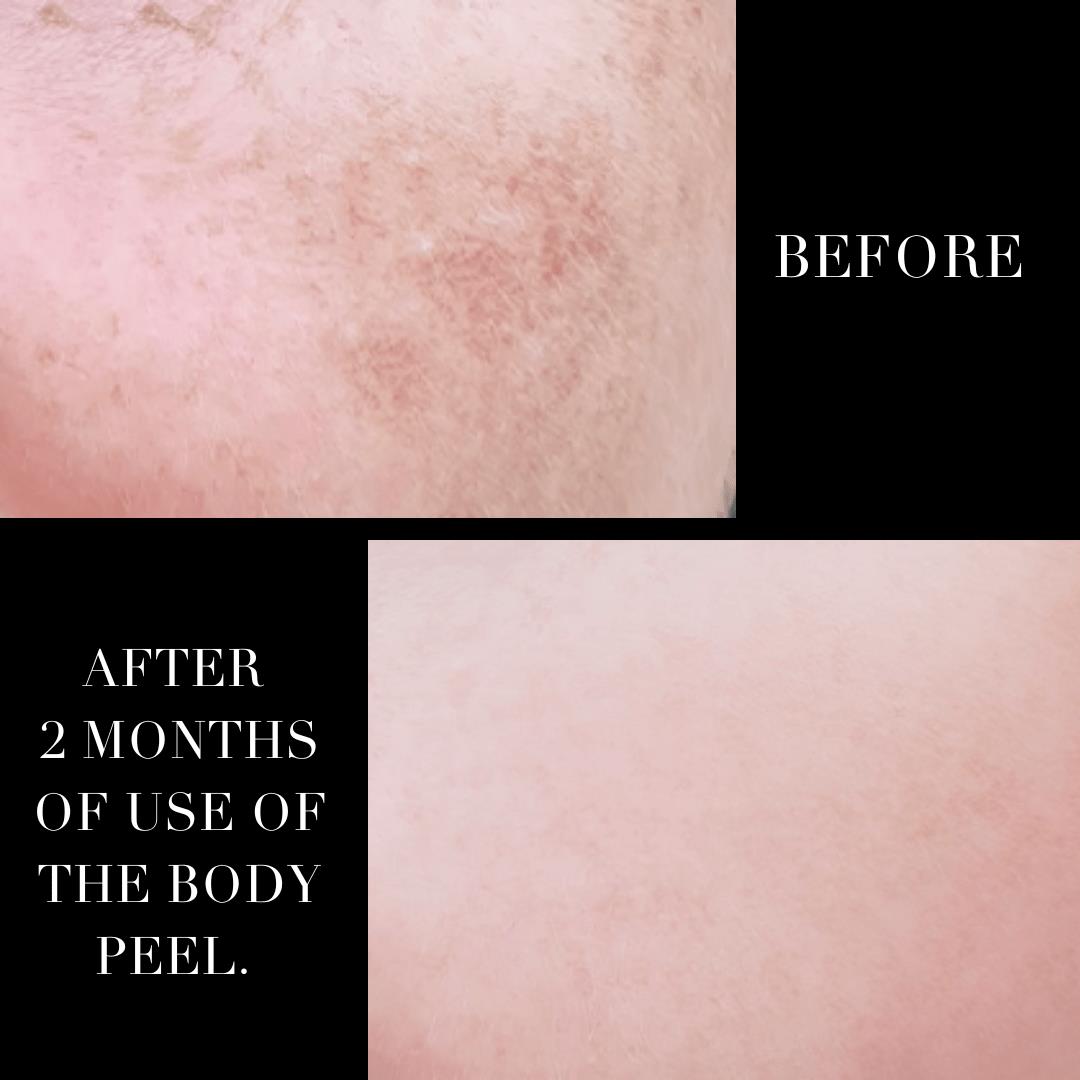I. Understanding Sun Damage
Sun damage is a common concern for individuals of all ages and skin types. Overexposure to the sun's harmful UV rays can lead to a variety of skin issues, ranging from sunburn and pigmentation to premature aging and an increased risk of skin cancer. In this comprehensive guide, we will explore the causes and effects of sun damage on the skin and discuss effective strategies for prevention and treatment.
II. Assessing Your Skin Type and Risk Factors
It is crucial to assess your skin type and risk factors when it comes to sun damage. Factors such as Fitzpatrick skin type, genetic factors, environmental factors, and identifying high-risk areas play a significant role in determining your susceptibility to sun damage.
III. Prevention Strategies
To prevent sun damage, it is important to understand the importance of sunscreen, protective clothing and accessories, and sun avoidance practices. We will discuss choosing the right SPF, broad-spectrum protection, application techniques, UPF clothing, sunglasses and hats, seeking shade, and the best time to expose yourself to the sun.
IV. Detecting Early Signs of Sun Damage
Regular skin checks and identifying skin irregularities are essential in detecting early signs of sun damage. We will delve into self-examinations, professional skin assessments, moles and spots, and changes in texture to help you identify any potential issues.
V. Treating Sun Damage
There are various topical treatments, professional treatments, and dermatological procedures available to treat sun damage. We will explore the benefits of retinoids, vitamin C serums, alpha hydroxy acids (AHAs), chemical peels, microdermabrasion, laser therapy, cryotherapy, and photodynamic therapy.

VI. Lifestyle Changes for Skin Health
Hydration and nutrition play a vital role in maintaining healthy skin. We will discuss the importance of water and antioxidant-rich foods. Additionally, we will shed light on the connection between smoking and sun damage, along with strategies for quitting.
VII. Sun Damage and Aging
Sun damage can accelerate the aging process of the skin. We will explore the breakdown of collagen, the impact on the skin's texture and tone, and strategies for combating premature aging caused by sun damage.
Remember that consulting with a dermatologist is essential for personalized advice and guidance tailored to your unique skin needs.
At-Home Versus Professional Peels
At-home chemical peels are a popular option for improving skin texture, fine lines, pigmentation, and even acne and scarring. However, it is important to note that at-home peels are classified as superficial and are usually gentler compared to professional peels. While at-home peels remove the outermost layer of the epidermis, professional peels can penetrate deeper into the upper part of the dermis.
At-home chemical peels typically contain enzymes or AHAs such as lactic, glycolic, salicylic, mandelic, or malic acid, or a combination of these. They involve no downtime and can provide noticeable improvements with consistent usage. However, it is important to note that at-home peels will not be as deep as professional peels performed by a dermatologist.

Overall, understanding and addressing sun damage is crucial for maintaining healthy and radiant skin. By adopting preventive measures, identifying early signs, and utilizing appropriate treatments, individuals can effectively minimize the impact of sun damage and promote long-term skin health.
Did you miss our previous article...
https://naturesmart.us/beauty/a-case-for-deodorant-layering
 HealthWellnessFitnessBeautyVideosPrivacy PolicyTerms And Conditions
HealthWellnessFitnessBeautyVideosPrivacy PolicyTerms And Conditions
